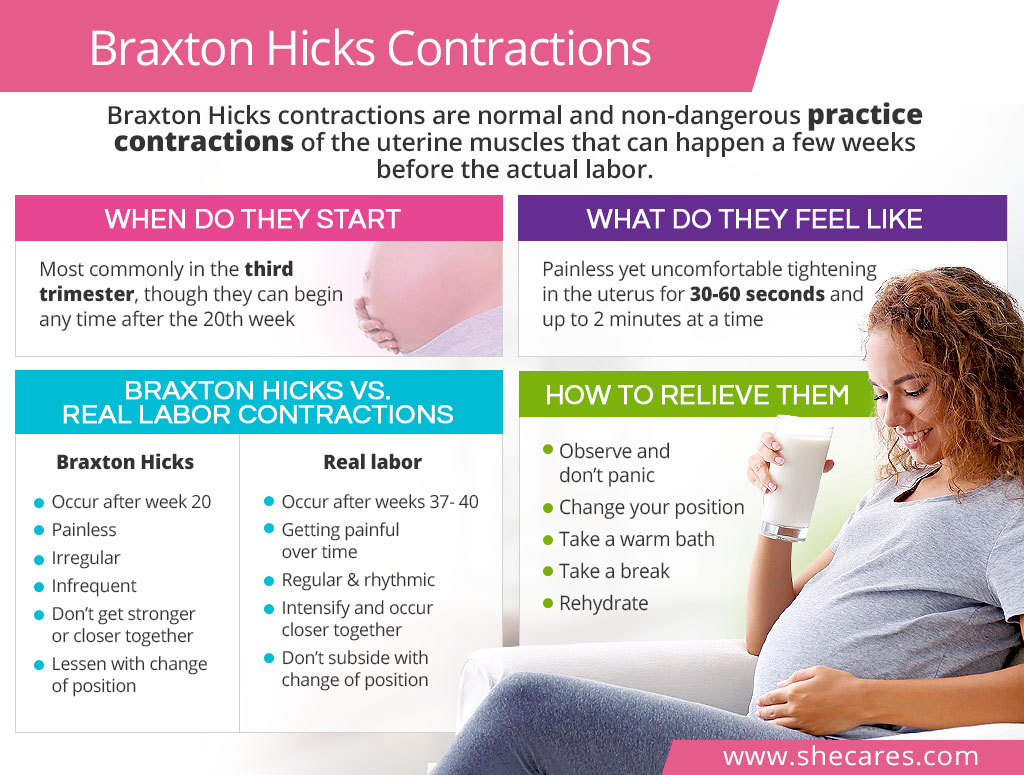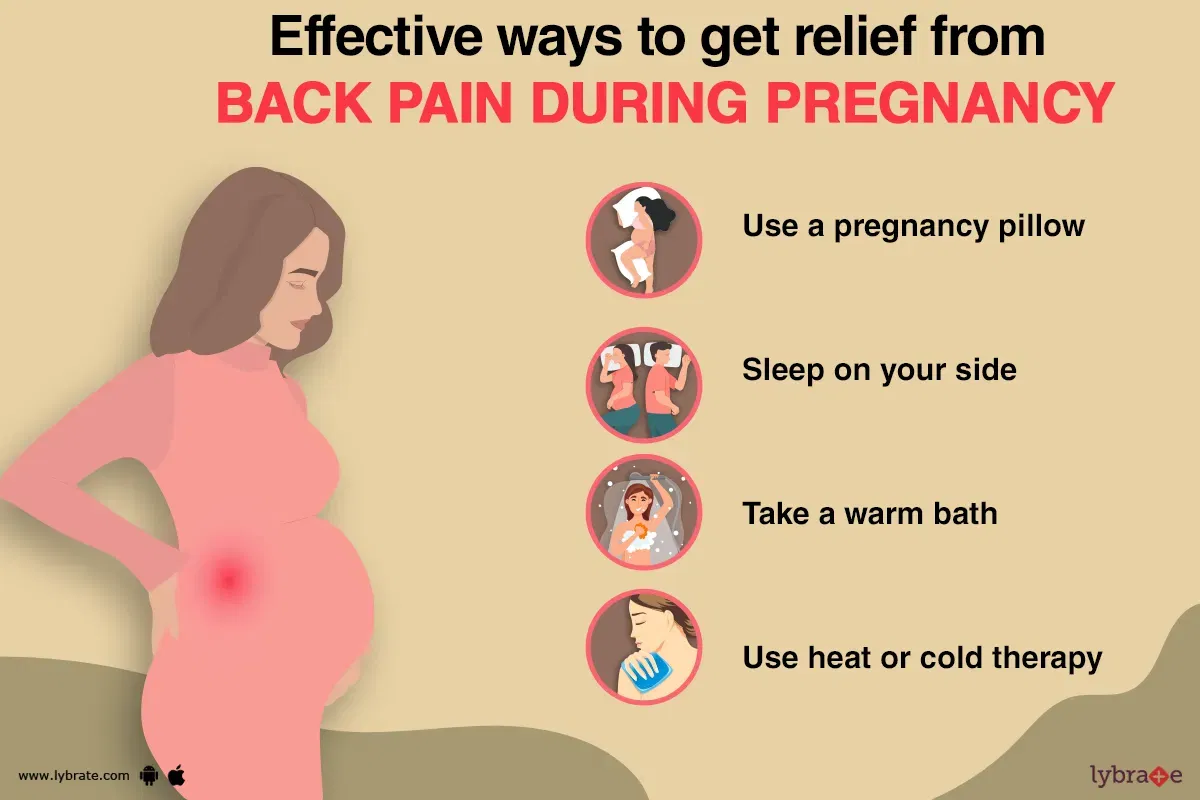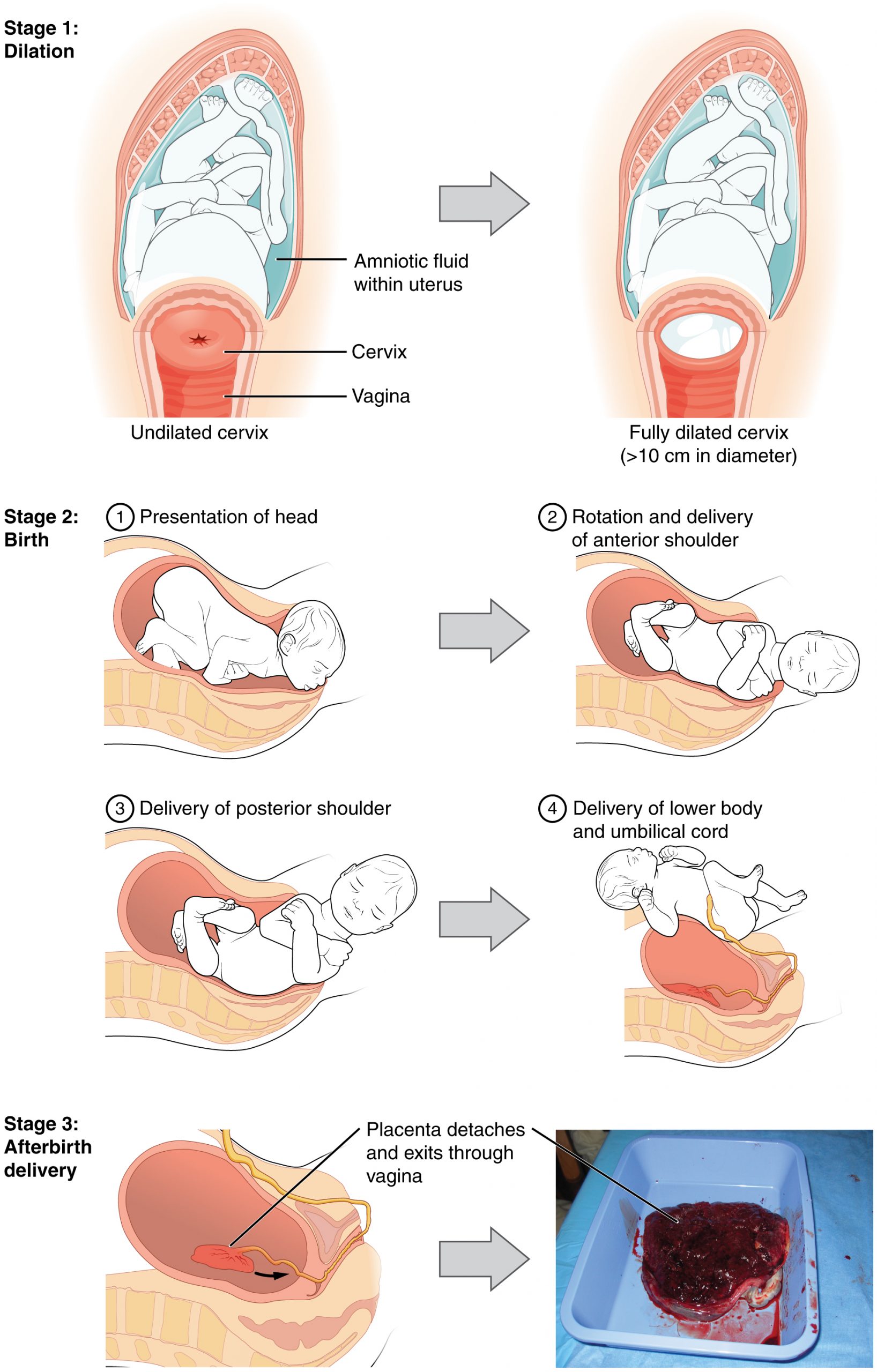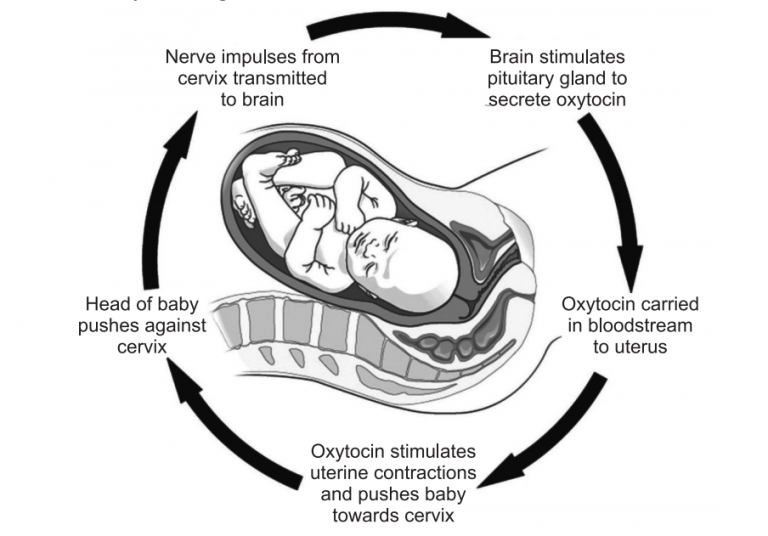Back Contractions During Pregnancy - Back labor is intense pain in your lower back that begins during labor. It’s thought to happen due to how the fetus is positioned. Back labor is most likely caused by how the baby is positioned in your uterus. The occiput posterior position, which occurs when.
Back labor is intense pain in your lower back that begins during labor. Back labor is most likely caused by how the baby is positioned in your uterus. The occiput posterior position, which occurs when. It’s thought to happen due to how the fetus is positioned.
It’s thought to happen due to how the fetus is positioned. The occiput posterior position, which occurs when. Back labor is intense pain in your lower back that begins during labor. Back labor is most likely caused by how the baby is positioned in your uterus.
10 Pregnancy Pains BH, Contractions, Pains, Hiccups, Cramps, Nerves
Back labor is most likely caused by how the baby is positioned in your uterus. The occiput posterior position, which occurs when. It’s thought to happen due to how the fetus is positioned. Back labor is intense pain in your lower back that begins during labor.
The Physiological Difference Between Braxton Hicks and Labor
Back labor is intense pain in your lower back that begins during labor. The occiput posterior position, which occurs when. It’s thought to happen due to how the fetus is positioned. Back labor is most likely caused by how the baby is positioned in your uterus.
braxton hicks causes hiccups pregnancy
It’s thought to happen due to how the fetus is positioned. The occiput posterior position, which occurs when. Back labor is intense pain in your lower back that begins during labor. Back labor is most likely caused by how the baby is positioned in your uterus.
Back Pain Remedy Pregnancy Ask The Nurse Expert
Back labor is intense pain in your lower back that begins during labor. The occiput posterior position, which occurs when. Back labor is most likely caused by how the baby is positioned in your uterus. It’s thought to happen due to how the fetus is positioned.
causes of severe lower back pain during pregnancy
The occiput posterior position, which occurs when. Back labor is most likely caused by how the baby is positioned in your uterus. It’s thought to happen due to how the fetus is positioned. Back labor is intense pain in your lower back that begins during labor.
Pregnant Labor Contraction Telegraph
The occiput posterior position, which occurs when. It’s thought to happen due to how the fetus is positioned. Back labor is intense pain in your lower back that begins during labor. Back labor is most likely caused by how the baby is positioned in your uterus.
Labor and Childbirth Women’s Health
Back labor is most likely caused by how the baby is positioned in your uterus. The occiput posterior position, which occurs when. It’s thought to happen due to how the fetus is positioned. Back labor is intense pain in your lower back that begins during labor.
Adaptation Solution Parmacy
The occiput posterior position, which occurs when. Back labor is most likely caused by how the baby is positioned in your uterus. Back labor is intense pain in your lower back that begins during labor. It’s thought to happen due to how the fetus is positioned.
Pin on Pregnancy
The occiput posterior position, which occurs when. Back labor is most likely caused by how the baby is positioned in your uterus. It’s thought to happen due to how the fetus is positioned. Back labor is intense pain in your lower back that begins during labor.
Women · Working your pelvic floor · Pelvic Floor First Pelvic floor
Back labor is intense pain in your lower back that begins during labor. It’s thought to happen due to how the fetus is positioned. Back labor is most likely caused by how the baby is positioned in your uterus. The occiput posterior position, which occurs when.
The Occiput Posterior Position, Which Occurs When.
It’s thought to happen due to how the fetus is positioned. Back labor is intense pain in your lower back that begins during labor. Back labor is most likely caused by how the baby is positioned in your uterus.









